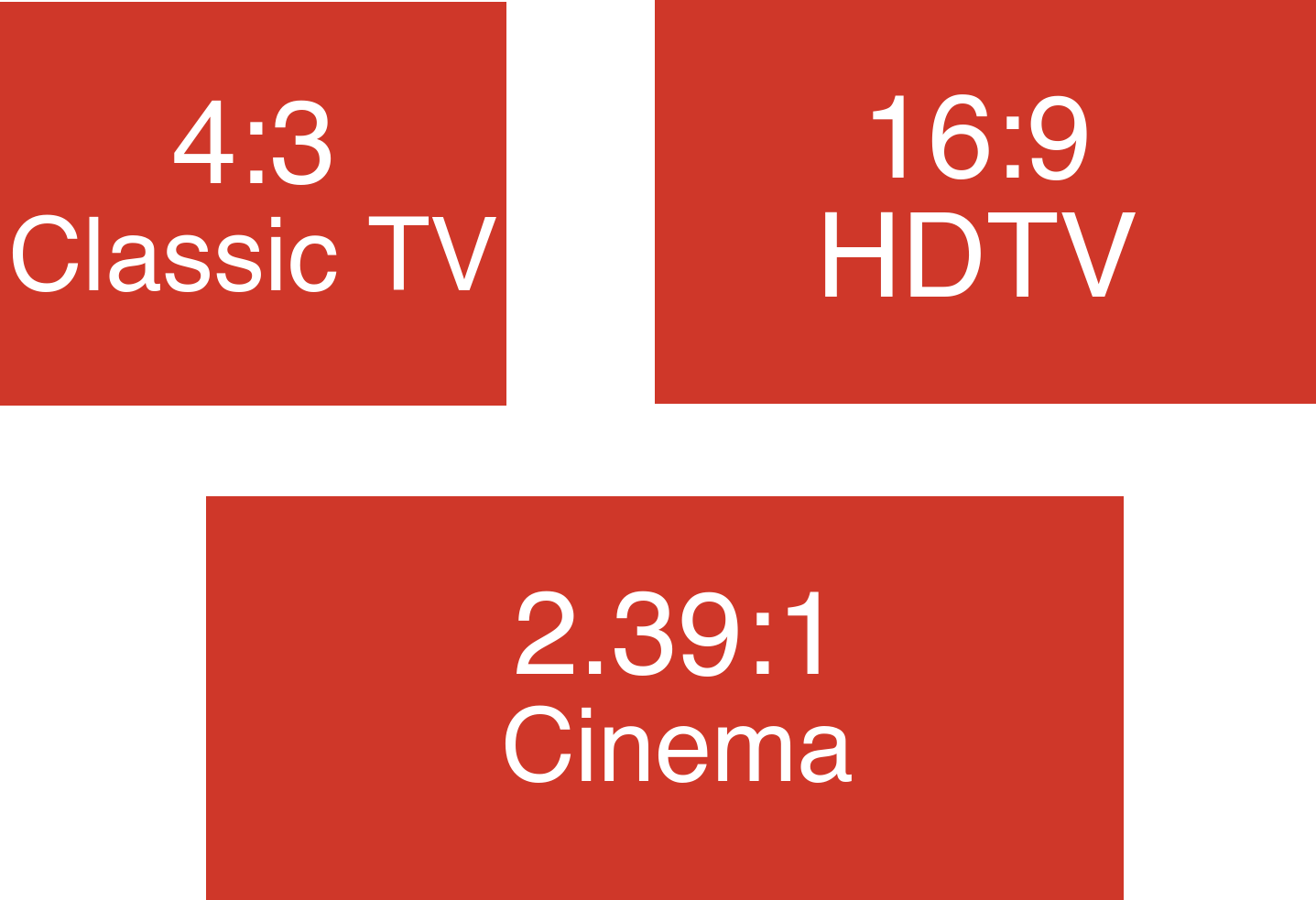

One clever widescreen process, VistaVision, used standard 35mm film running sideways through camera gate, so that the sprocket holes were above and below frame and the width was not restricted. Development of various camera systems therefore centers on the placement of the frame in relation to these lateral constraints the height of image can be adjusted freely, so the ingenuity goes into getting different widths. This way of speaking comes about because the width of a film image is restricted by the presence of sprocket holes and, usually, an optical sound track on the projection print. The inner box (green) is the format used in standard television.Within the motion picture industry, the convention is to assign a value of 1 to the image height, so that, for example, a Cinemascope frame is described as 2.35:1 or just "2.35". The outer box (blue) and middle box (red) are common formats for cinematography. Aspect ratios of 2.35:1 or 1.85:1 are frequently used in cinematography, while the aspect ratio of a standard 35mm film frame is around 1.37:1.Ĭomparison of three common aspect ratios. High definition television uses an aspect of 16:9, or about 1.78:1.

For instance, the aspect ratio of a traditional television screen is 4:3, or 1.33:1. The aspect ratio of an image is its displayed width divided by its height (usually expressed as "x:y"). The inner box (green) is the format used in standard television. Comparison of three common aspect ratios.


 0 kommentar(er)
0 kommentar(er)
